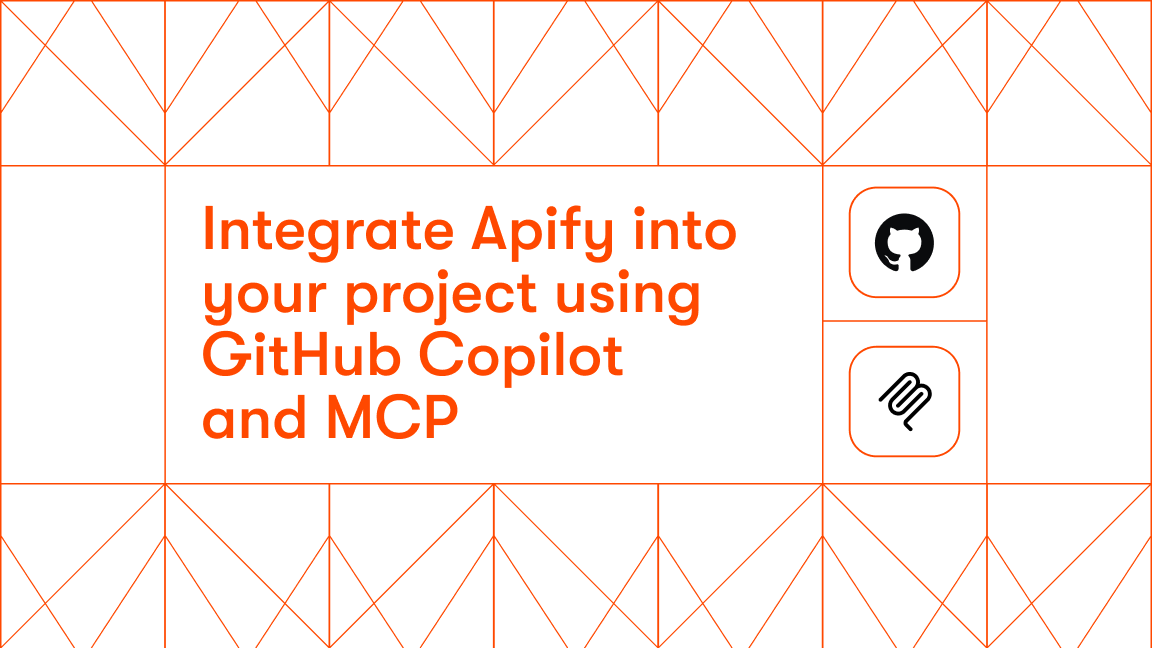If you're assessing how to scale automation - whether to reduce support load, accelerate workflows, or expand generative AI capabilities - you’ve likely considered both chatbots and AI agents. But the distinction isn’t just technical. It affects how fast you see ROI, how much maintenance is required, and whether your solution can grow with your business.
The wrong decision risks wasted resources, inefficient workflows, or capped return on investment. This quick guide is here to help you make the right choice.
Looking for a custom solution? Whether you need data to train chatbots or equip your AI agents with the tools they need, our experts can help.
The difference between chatbots and agents
Before choosing, you need a clear grasp of what AI agents and chatbots offer your business:
| Aspect | AI chatbots | AI agents |
|---|---|---|
| Primary function | Handle structured conversations and predefined tasks | Execute complex workflows with minimal supervision |
| Decision-making | Limited to predefined paths or basic responses | Autonomous decision-making based on context and goals |
| Task complexity | Best for simple, repetitive interactions | Capable of multi-step, complex business processes |
| Learning capability | May improve from interactions but within the limited scope | Continuously learn and adapt to new scenarios |
| Time to ROI | Quick ROI for specific use cases | Longer-term strategic value |
| Data requirements | Structured data, limited knowledge base | Extensive data access, enterprise system integration |
Types of chatbots
- Rule-based chatbots: These work on predefined decision trees and preset responses, guiding users through specific pathways based on their inputs. They're best for simple queries like FAQs and basic customer support. For example, Brussels Airport's BRUce chatbot assists travelers by providing information on booking parking passes, locating nearby restaurants, and more.
- AI-powered chatbots: Use natural language processing (NLP) and machine learning to understand and generate responses. For example, Casper's Insomnobot-3000 is a chatbot built to engage with users during late-night hours when they may have trouble sleeping.
- Hybrid chatbots: Combine rule-based logic with AI, escalating complex queries to human agents when needed. For example, the Xfinity assistant hybrid chatbot provides customers with technical support and account management assistance.
- Transactional chatbots: Designed for business processes, such as booking appointments, ordering food, or making payments. For example, Domino's Pizza uses a chatbot in Facebook Messenger to streamline the pizza ordering process. For businesses choosing between rule-based, AI, or hybrid chatbots, exploring different chatbot flow examples helps identify the best fit. These flows demonstrate how chatbots streamline support, lead gen, onboarding, and e-commerce while keeping context and reducing friction.
When a chatbot is enough
Chatbots automate repetitive tasks through structured interactions. They're particularly effective in scenarios where customer inquiries are straightforward and predictable. An AI Chatbot or WhatsApp Chatbot solution helps businesses handle these types of interactions more efficiently, reducing the need for constant human involvement. Consider a small e-commerce company experiencing a high volume of routine customer inquiries, such as questions about return policies or order tracking. Implementing an AI chatbot can efficiently handle these repetitive queries, reducing the workload on human agents and improving response times. Examples like this often surface in broader discussions around what are the pros and cons of chatbots, where their ability to save time is weighed against the limitations of handling more nuanced conversations.
How to get data for AI chatbots
If that's what you need, then Apify's Website Content Crawler is a tool that can help. It enables text content extraction from websites, blogs, and FAQs. The data is cleaned during collection so it can be fed to chatbots. That way, they'll have current and relevant information to improve their ability to respond accurately.
An example of using Apify for AI chatbots
A real-world example is Intercom's use of Apify's web crawling technology to supply their AI chatbot, Fin, with data from customer websites and documentation. This integration allowed Fin to autonomously handle a significant portion of customer support queries by accessing and processing real-time web data, which improved response accuracy and efficiency.
Types of AI agents
- Reactive agents: These agents respond directly to environmental stimuli without maintaining an internal model of the world. They operate on a stimulus-response basis, making them suitable for simple tasks but limited in handling complex or long-term goals.
- Deliberative agents: These agents maintain an internal representation of the environment, allowing them to plan and reason about future actions. They evaluate possible outcomes before acting, making them capable of handling complex tasks that require foresight and strategic planning.
- Hybrid agents: Combining features of both reactive and deliberative agents, hybrid agents can respond quickly to immediate stimuli while also engaging in complex planning and reasoning. This integration allows them to perform a wide range of tasks effectively.
When you need an AI agent
AI agents are characterized by their ability to plan, learn, and make autonomous decisions. Agents can dynamically reason about a task, select tools, and determine the best approach for execution. This makes an AI agent best suited for tasks that require adapting to different types of queries and handling more complex scenarios.
How to get data for AI agents
The Apify platform hosts literally thousands of web automation tools designed to collect fresh data and that can be used as out-of-the-box tools for AI agents. They return structured, relevant data tailored to each site, so agents can process and act without extra parsing or guesswork. Because Apify supports MCP (Model Context Protocol) across all Actors, agents can find, run, and fetch data from the right tool automatically. This means AI agents can operate independently - scraping live data, reacting to real-world changes, and completing tasks without manual prompts.
An example of using Apify for AI agents
There's a growing number of AI agents on the Apify platform that you can try for free. But if you want to build your own? This comprehensive AI agent guide shows you how to build an Instagram analysis agent, publish it, and monetize it on the Apify platform.
Chatbot or agent?
Chatbots are excellent at handling inbound queries. Agents are built for executing multi-step actions in response. Apify gives you the tooling for both - from extracting and maintaining chatbot knowledge to powering fully autonomous agents.
The real question isn’t chatbot vs. agent - it’s whether your current setup can handle the complexity and scale you’re aiming for. If not, Apify can help you reach the level of automation you need.
We encourage you to peruse the Apify platform or contact our team for help with your particular use case.
This article was written by Haziqa Sajid. Haziqa is a Data Scientist with extensive experience in writing technical content for AI and SaaS companies








